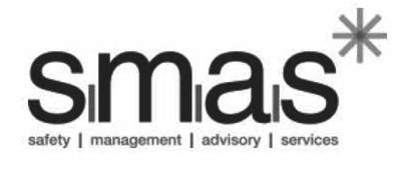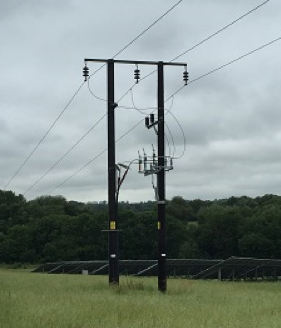CHAS, What Is It? How Can You Get It?
Posted on 7th February 2019 at 16:02
CHAS (Contractors Health and Safety Assessment Scheme) was created by experienced Health & Safety professionals in 1997 to improve the Health & Safety standards in the UK.
CHAS was created to achieve; simple Health & Safety contractor assessments, by standardising requirements, to allow companies to avoid undergoing Health & Safety assessments for every job.
CHAS undergoes an annual audit to achieve and maintain the HSE’s SSIP Standard.
What Is CHAS Accreditation?
The most basic CHAS Accreditation is completed with a main Health & Safety assessment, complete with four additional SELF-CERTIFIED question sets.Health & Safety – Assessment; The assessment is carried out by one of their qualified assessors, so you can be assured that any assessment is being carried out by an assessor with the appropriate knowledge base.















